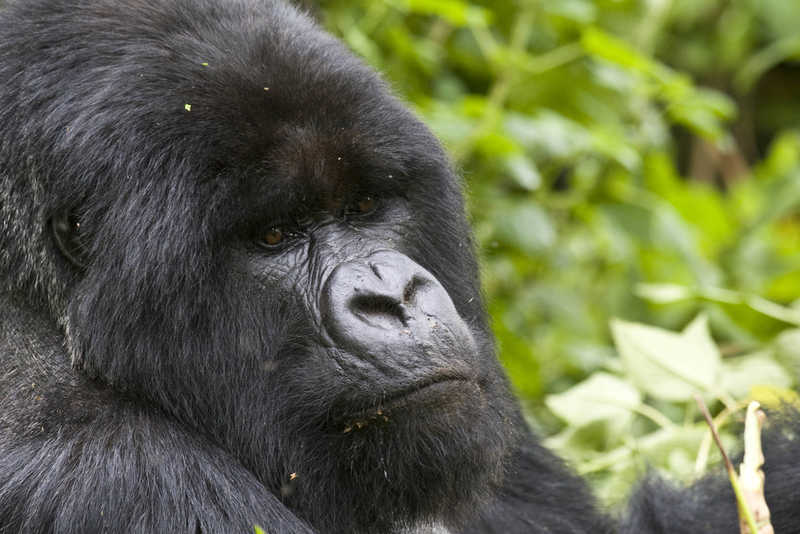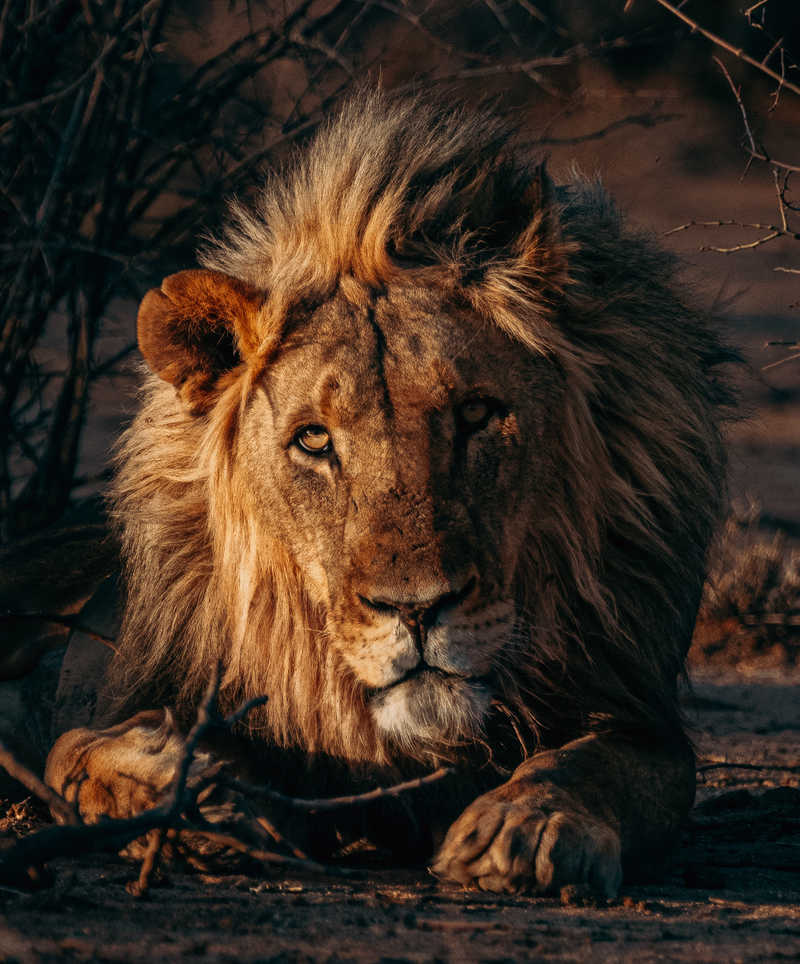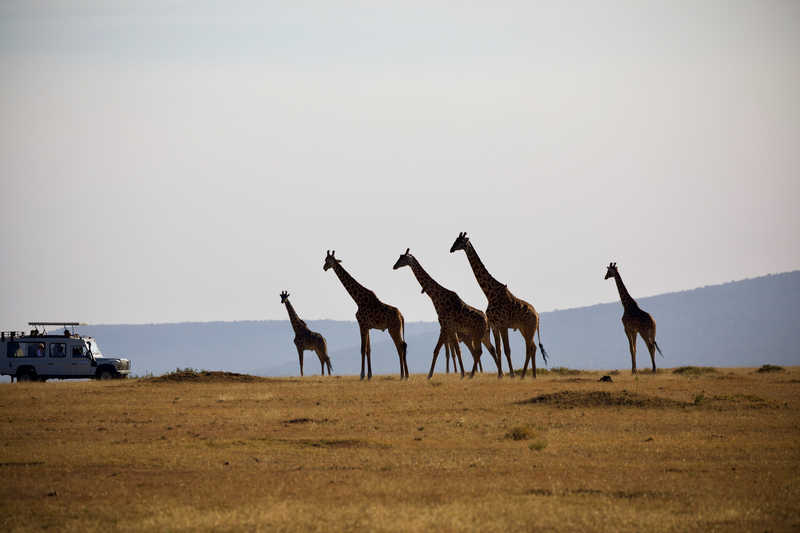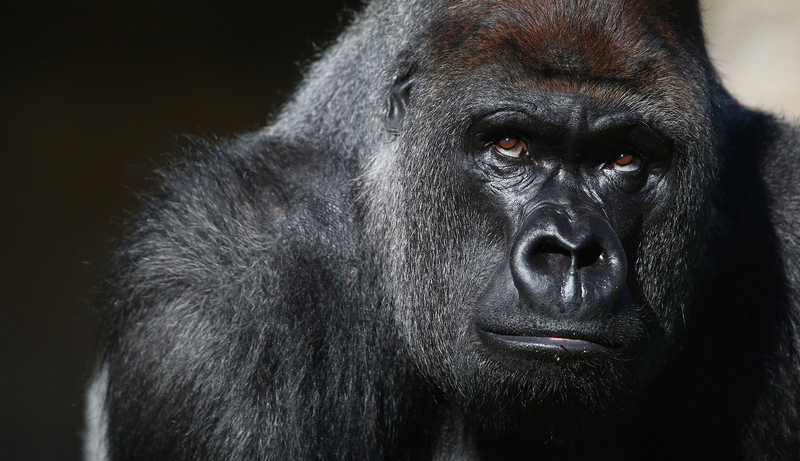Kilimanjaro Lemosho Route
- Kandoo Summits
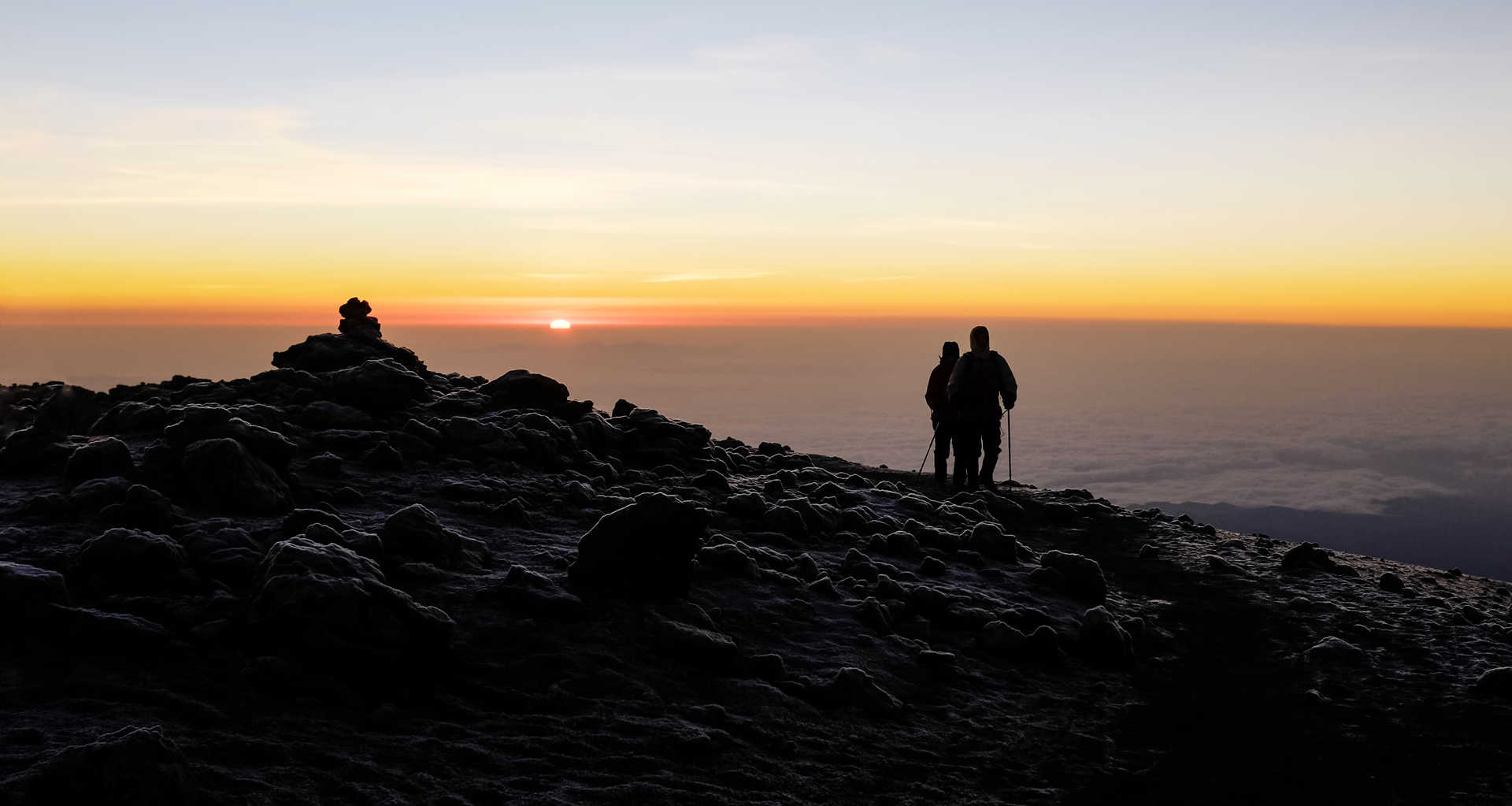
Contact
our UK team
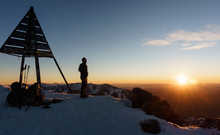
All trekkers need to organise their own flights to Kilimanjaro International Airport (JRO). From JRO we will arrange a private transfer to your hotel. That night or early the next morning you will meet your local Kandoo representative and have a full pre-climb briefing.
4WD transfer to Lemosho Park Gate for registration. Our porters prepare and pack our supplies and luggage before we start our ascent along the forest trail to Mti Mkubwa (Big Tree) campsite at 2895m. We will stay here overnight.
Our journey continues eastwards across the Shira Plateau with spectacular views of Shira Cathedral. We cross moorland meadow to reach Shira 1 Camp for dinner and overnight camping at 3500m. By now we will be able to see the stunning glaciers of the Western Breach. It will be colder tonight than the previous night with temperatures possibly falling below freezing.
We leave the forest behind now and the trail gets steeper as it enters the moorland zone. A gentle grade walk takes you across the high altitude Shira Caldera to Moir Hut with fabulous views of Arrow glacier. We will camp here for the night at 4200m.
Today we will climb up to 4600m to the base of Lava Tower for lunch and acclimatization. This will be our toughest day so far and you may, for the first time, feel the altitude. After lunch we will descend again by almost 650m to Barranco Camp, following the “walk high, sleep low” golden rule of acclimatisation. Our descent to Barranco Camp takes about 2 hours and offers great opportunities to take some beautiful photographs of the Western Breach and Breach Wall. The camp is situated in a valley below the Breach and Great Barranco Wall.
A short but fun day, starting with a scramble to the top of the Great Barranco Wall. We then traverse over scree to the Karanga Valley (3930m) beneath the icefalls of the Heim, Kersten and Decken Glaciers. We will stay overnight at Karanga campsite.
We leave Karanga campsite behind to meet the junction connecting with the Mweka descent trail. From here we continue up to Barafu Camp. You have now completed the Southern Circuit, which offers views of the summit from many different angles. At camp, we can rest, enjoy dinner, and prepare for the summit day. The two peaks of Mawenzi and Kibo are to be clearly seen from this position.
You will be woken around 23:30 with tea and biscuits. We start our trek to the summit between the Rebman and Ratzel glaciers through heavy scree up to Stella Point on the crater rim. This is the most mentally and physically challenging part of the trek. At Stella Point (5732m), we will stop for a short rest and hopefully be in time to witness the magnificent sunrise (weather permitting). We are now only an hour away from the summit, Uhuru Peak (5895m), the highest point on Mount Kilimanjaro and the continent of Africa. From the summit, we descend down to Mweka camp site, via Barafu for lunch. Trekking poles will be needed for the loose scree going down to Mweka Camp (3100m). Later in the evening, we will enjoy our last dinner on the mountain and a well-earned sleep.
Your final day on the trek, departing after breakfast we descend a further 1300m to the Mweka Park Gate to pick up your summit certificates from the Park Headquarters. Transfer to your hotel.
After a much needed nights rest, we will bid you goodbye. If you have arranged airport transfers with us or a safari / Zanzibar trip, we will collect you in the morning for your onward journey.
The Lemosho route is considered one of the easier routes on Kilimanjaro, as its longer itinerary allows for better acclimatization. However, hikers will still need to ascend the Barranco Wall and climb steeply on summit night.
The 8 day Lemosho climb gives one of the highest success rates, rather than trying to squeeze the climb into 7 days. The extra day allows for a shorter pre-summit day, meaning that you arrive at base camp by lunch time, fuel up with food, and tuck up in your tent to rest for what will be a tough summit ascent starting at midnight. No technical climbing is required, but a good level of fitness is recommended.
Please be aware that Tanzania is
still a third world country and cut offs in both water and electricity supply
still happen regularly, and we cannot guarantee that the hotel will have hot
showers during your stay. The hotel will help as far as they can, but these
outages are outside their control.
We use only the very best high
altitude mountain tents, Mountain Hardwear Trango 3, to ensure you stay warm,
dry and comfortable on your Kilimanjaro climb. Please bear in mind, these are
proper mountain tents, designed to cope with extreme conditions so don’t expect
to be able to stand up and walk around inside! The dry, dusty conditions on
Kilimanjaro can play havoc with the zips and they can easily jam. Our guides
are armed with WD-40 so just ask them for assistance, rather than trying to
force the zip.
Your meals will be taken in a
separate mess tent where you will be able to sit comfortably, while you relax
and chat to your team mates and enjoy the wholesome food that our cook has
freshly prepared for you. Inside, you’ll be pleased to find a table (of course)
and a proper, comfortable chair with arms. With a full 2 metres of headroom,
even the tallest climbers will be able to stretch a bit, and move about without
hunching over. They are fully waterproof, and regularly withstand the worst
weather Kilimanjaro has to offer. A toilet tent is provided with toilet
paper.
Kilimanjaro National Park
operates an absolutely strict limit of 15kg per porter for your main equipment
bag. This limit includes your sleeping bag, even if it is rented from us. This
is more than sufficient for your needs on the mountain. Your bag will be
weighed before you leave the hotel to start the climb and if it is overweight
you will have to take items out and leave them at the hotel. Additional porters
can be hired but they cost $25 per day
PLASTIC BAG BAN
On 1st
June 2019, Tanzania introduced a ban on all single-use plastic bags.
Please support this fight against plastic by using more sustainable
alternatives in your luggage, such as packing cubes and dry bags. Passengers
with plastic bags in their luggage may be asked to surrender them on arrival at
the airport.
The
zip-lock bags required to carry liquids and toiletries in cabin baggage on
airplanes will still be permitted.
Please take some time to read our Kilimanjaro Training Guide which is full of helpful tips on how to get physically prepared for your climb.
Please note that not all hotels can accept
card payments so you may need to use an ATM to access funds.
You may
also find on your summit attempt that some of the porters accompany the group
to provide additional assistance. This is an additional task that they carry
out in order to support you having the best chance of reaching the summit.
Please show your appreciation for any help you receive by tipping these porters
directly. We would suggest an extra tip of $20.
The
tipping announcement will take place on the last night on the mountain when all
the crew will gather together to celebrate with you. One representative from
your group should say a few words of thanks, which will be translated by the
lead guide into kiSwahili.
Due to
recent thefts on Kilimanjaro, we no longer advise our clients to carry cash
with them during the climb, so the actual tip money will be presented when you
return to your hotel. Your group will be supplied with envelopes to assist with
the distribution of tips – one envelope for the porters and a separate envelope
that you can use to tip your lead guide, assistant guides and cook. Three
porter representatives will come to the hotel to accept the tip envelope on
behalf of all the porters, and they will distribute the money themselves.
RENTAL EQUIPMENT
If you’ve
decided to rent gear, then below is a list of equipment available. Just let our
team know what you’d like to hire at your Pre-Climb Briefing. All payments
are made locally in US Dollars (cash only).
These items must be packed in
your main equipment bag. They should not be attached to the outside, as we are
not responsible if items fall off when the bags are being carried up the
mountain. The sleeping bags weigh approximately 2.6kg each
UPPER
BODY
LEGS
FEET
OTHER ACCESSORIES
| From | To | Price | Availability | Book | Enquire |
|---|---|---|---|---|---|
| 13/06/2024 | 22/06/2024 | £2,799 $3,635 |
Guaranteed
|
Book now | Enquire now |
| 20/06/2024 | 29/06/2024 | £2,799 $3,635 |
Guaranteed
|
Book now | Enquire now |
| 27/06/2024 | 06/07/2024 | £2,799 $3,635 |
Guaranteed
|
Book now | Enquire now |
| 03/07/2024 | 12/07/2024 | £2,799 $3,635 |
Available
|
Book now | Enquire now |
| 10/07/2024 | 19/07/2024 | £2,799 $3,635 |
Guaranteed
|
Book now | Enquire now |
| 15/07/2024 | 24/07/2024 | £2,799 $3,635 |
Guaranteed
|
Book now | Enquire now |
| 25/07/2024 | 03/08/2024 | £2,799 $3,635 |
Guaranteed
|
Book now | Enquire now |
| 08/08/2024 | 17/08/2024 | £2,799 $3,635 |
Guaranteed
|
Book now | Enquire now |
| 13/08/2024 | 22/08/2024 | £2,799 $3,635 |
Available
|
Book now | Enquire now |
| 17/08/2024 | 26/08/2024 | £2,799 $3,635 |
Guaranteed
|
Book now | Enquire now |
| 29/08/2024 | 07/09/2024 | £2,799 $3,635 |
Guaranteed
|
Book now | Enquire now |
| 05/09/2024 | 14/09/2024 | £2,399 $3,115 |
Guaranteed
|
Book now | Enquire now |
| 11/09/2024 | 20/09/2024 | £2,399 $3,115 |
Guaranteed
|
Book now | Enquire now |
| 19/09/2024 | 28/09/2024 | £2,399 $3,115 |
Guaranteed
|
Book now | Enquire now |
| 03/10/2024 | 12/10/2024 | £2,399 $3,115 |
Guaranteed
|
Book now | Enquire now |
| 16/10/2024 | 25/10/2024 | £2,399 $3,115 |
Guaranteed
|
Book now | Enquire now |
| 04/12/2024 | 13/12/2024 | £2,399 $3,115 |
Available
|
Book now | Enquire now |
| 09/12/2024 | 18/12/2024 | £2,399 $3,115 |
Guaranteed
|
Book now | Enquire now |
| 25/12/2024 | 03/01/2025 | £2,399 $3,115 |
Guaranteed
|
Book now | Enquire now |
| 08/01/2025 | 17/01/2025 | £2,399 $3,115 |
Available
|
Book now | Enquire now |
| 15/01/2025 | 24/01/2025 | £2,399 $3,115 |
Available
|
Book now | Enquire now |
| 23/01/2025 | 01/02/2025 | £2,399 $3,115 |
Guaranteed
|
Book now | Enquire now |
| 05/02/2025 | 14/02/2025 | £2,399 $3,115 |
Available
|
Book now | Enquire now |
| 13/02/2025 | 22/02/2025 | £2,399 $3,115 |
Guaranteed
|
Book now | Enquire now |
| 19/02/2025 | 28/02/2025 | £2,399 $3,115 |
Available
|
Book now | Enquire now |
| 26/02/2025 | 07/03/2025 | £2,399 $3,115 |
Available
|
Book now | Enquire now |
| 07/03/2025 | 16/03/2025 | £2,399 $3,115 |
Guaranteed
|
Book now | Enquire now |
| 12/03/2025 | 21/03/2025 | £2,399 $3,115 |
Guaranteed
|
Book now | Enquire now |
| 04/06/2025 | 13/06/2025 | £2,399 $3,115 |
Available
|
Book now | Enquire now |
| 11/06/2025 | 20/06/2025 | £2,399 $3,115 |
Available
|
Book now | Enquire now |
| 18/06/2025 | 27/06/2025 | £2,399 $3,115 |
Available
|
Book now | Enquire now |
| 25/06/2025 | 04/07/2025 | £2,399 $3,115 |
Available
|
Book now | Enquire now |
| 03/07/2025 | 12/07/2025 | £2,399 $3,115 |
Available
|
Book now | Enquire now |
| 09/07/2025 | 18/07/2025 | £2,399 $3,115 |
Available
|
Book now | Enquire now |
| 16/07/2025 | 25/07/2025 | £2,399 $3,115 |
Available
|
Book now | Enquire now |
| 23/07/2025 | 01/08/2025 | £2,399 $3,115 |
Available
|
Book now | Enquire now |
| 06/08/2025 | 15/08/2025 | £2,399 $3,115 |
Available
|
Book now | Enquire now |
| 13/08/2025 | 22/08/2025 | £2,399 $3,115 |
Available
|
Book now | Enquire now |
| 20/08/2025 | 29/08/2025 | £2,399 $3,115 |
Available
|
Book now | Enquire now |
| 27/08/2025 | 05/09/2025 | £2,399 $3,115 |
Available
|
Book now | Enquire now |
| 03/09/2025 | 12/09/2025 | £2,399 $3,115 |
Available
|
Book now | Enquire now |
| 09/09/2025 | 18/09/2025 | £2,399 $3,115 |
Available
|
Book now | Enquire now |
| 17/09/2025 | 26/09/2025 | £2,399 $3,115 |
Available
|
Book now | Enquire now |
| 29/09/2025 | 08/10/2025 | £2,399 $3,115 |
Available
|
Book now | Enquire now |
| 15/10/2025 | 24/10/2025 | £2,399 $3,115 |
Available
|
Book now | Enquire now |
| 03/12/2025 | 12/12/2025 | £2,399 $3,115 |
Available
|
Book now | Enquire now |
| 07/12/2025 | 16/12/2025 | £2,399 $3,115 |
Available
|
Book now | Enquire now |
| 25/12/2025 | 03/01/2026 | £2,399 $3,115 |
Available
|
Book now | Enquire now |
| 17/09/2026 | 26/09/2026 | £2,399 $3,115 |
Available
|
Book now | Enquire now |
Want to ask us a question or book a private trip? Don't hesitate to contact us!
Contact us